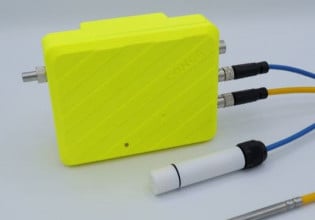C
A recent fire in an electrical cabinet has prompted me to look at the conductor sizes for the circuit in question. The circuit has a full load demand of 23Amps, is protected with a 25Amp circuit breaker and was built with 12AWG (4 sq. mm) wire. According to NFPA, a 12AWG conductor is good for 25Amps in a panel, and only 20Amps in a raceway or cable. My problem is that when I question the machine manufacturer, an anonymous German vendor, they tell me that I am an idiot, because 12AWG wire is good for 42Amps on their side of the pond. With just half of that load on the circuit the 12AWG wire has a temperature of 100F. Can someone explain why there would be such a vast difference between their code and ours? Thanks, Cory Schaeffer






